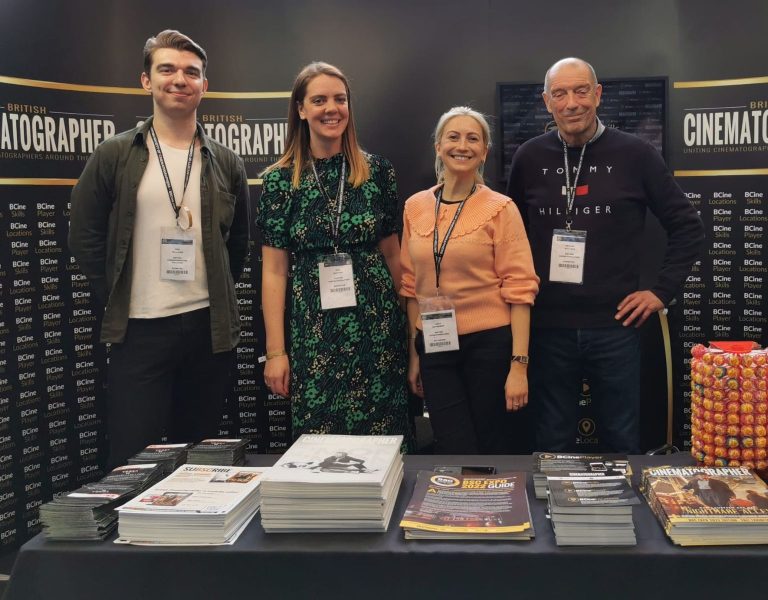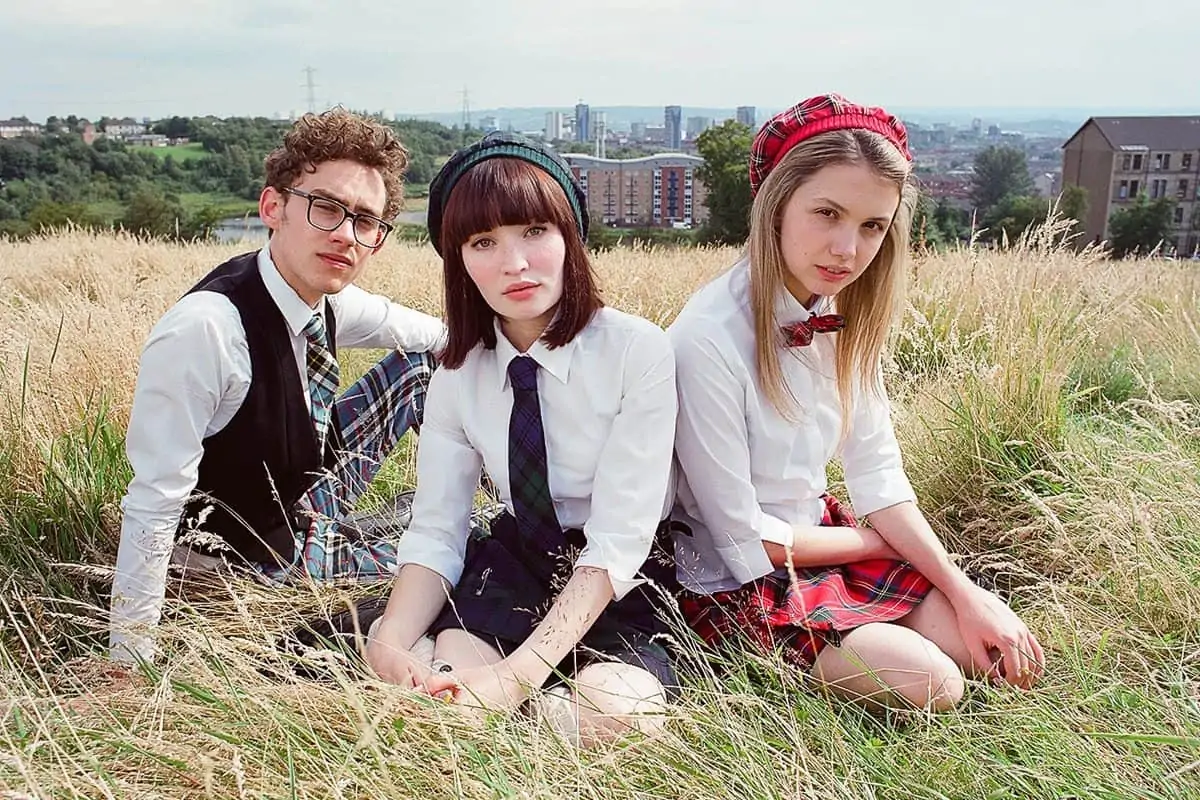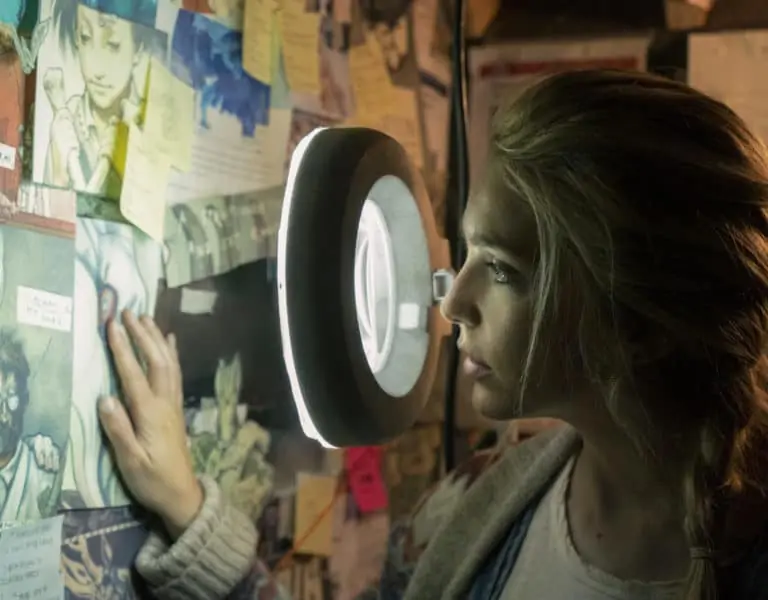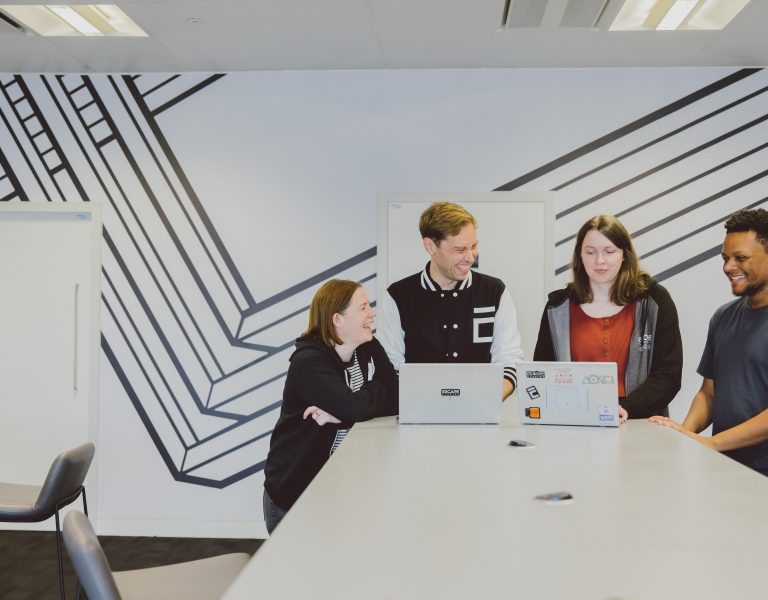Thrills and spills
Head behind the scenes on Six Four with cinematographer Mattias Nyberg BSC as he reveals his love for ’70s American cinema, his successful collaboration with director Ben A. Williams, and the challenges of lensing remotely thanks to COVID.
ITVX’s new crime drama Six Four transplants Hideo Yokoyama’s bestselling Japanese novel to a Scottish setting, where a police detective and a former undercover officer are looking for their missing daughter. Cinematographer Mattias Nyberg BSC (Mammals, War of the Worlds, Detectorists) was brought on board by director Ben A. Williams to lens this tangled web of scheming and skulduggery and gives us a fascinating glimpse of his work on the show.
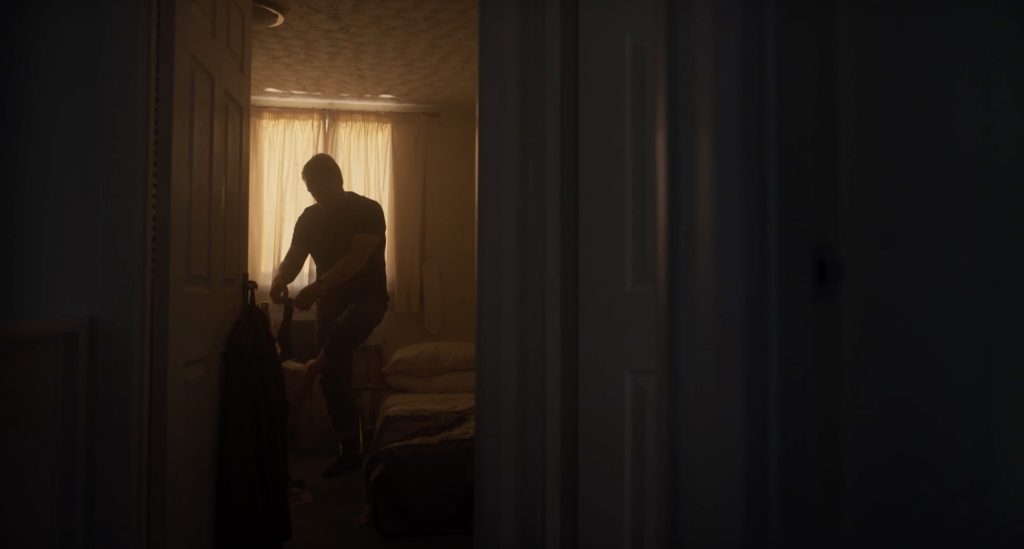
How did you get involved with Six Four and what appealed to you about the story being told?
Ben (Ben A. Williams, director) called me and asked if I would be interested in joining him on his next show and I said yes immediately. We first worked together on War of The Worlds S2 in 2020 and we just clicked both in terms of aesthetics and on a personal level. I’m also quite partial to personal stories that are told against big backdrops, so I was intrigued by the story of this sort of unambitious policeman with a messed-up personal life getting sucked into the shady arena of political corruption with possible links to the security services.
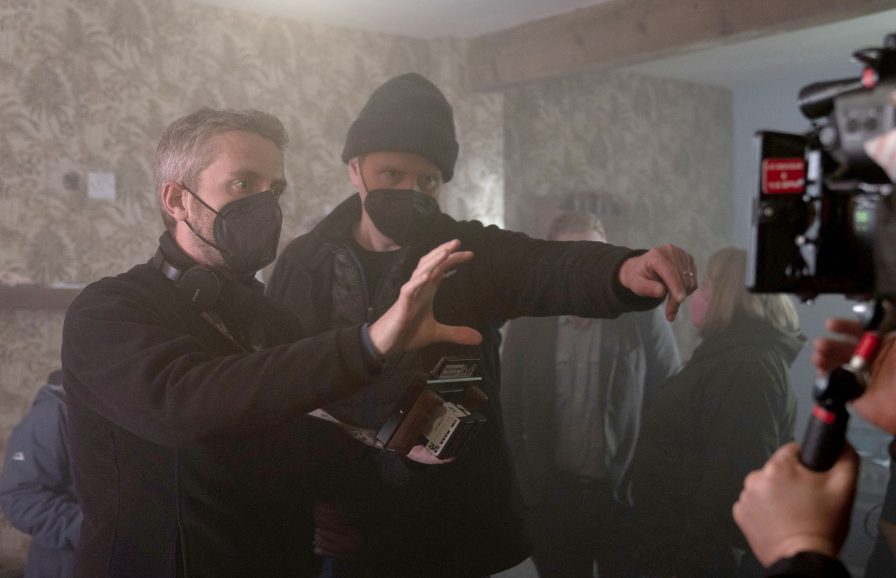
Tell us about your initial conversations with Ben about the look and mood for the series. What was his vision and what new perspectives did you bring?
Ben’s work is very considered and intelligent. We both like a certain precision in our coverage and choosing the perspective of each scene is part of that, so we talked about that and how we wanted the show to feel. Ben likes to watch films together and discuss what we see, what we like, what doesn’t quite work for us, and if so, why? This helps us distil a certain approach to our aesthetics.
I’m a great admirer of ‘70s American cinema and The Parallax View is one of my all-time favourites, directed by Alan Pakula and shot by Gordon Willis ASC, so we watched that together. Luckily Ben loved it, so it became a touchstone throughout prep and throughout the shoot. The framing and blocking is masterful and in every scene a choice has been made about perspective and coverage (or lack thereof). It’s very bold and it’s something I always find inspiring.
We also re-watched a film we both love, Tinker, Tailor, Soldier, Spy, directed by Tomas Alfredson and shot by Hoyte van Hoytema ASC FSF NSC. The mood, lighting and framing is just superb, and I dare say Alberto Iglesias’ score has also influenced the score a little for Six Four.
We also looked at Prisoners, Foxcatcher and No Country for Old Men. I’m also a big Tarkovsky fan and his book of Polaroids I always have with me.
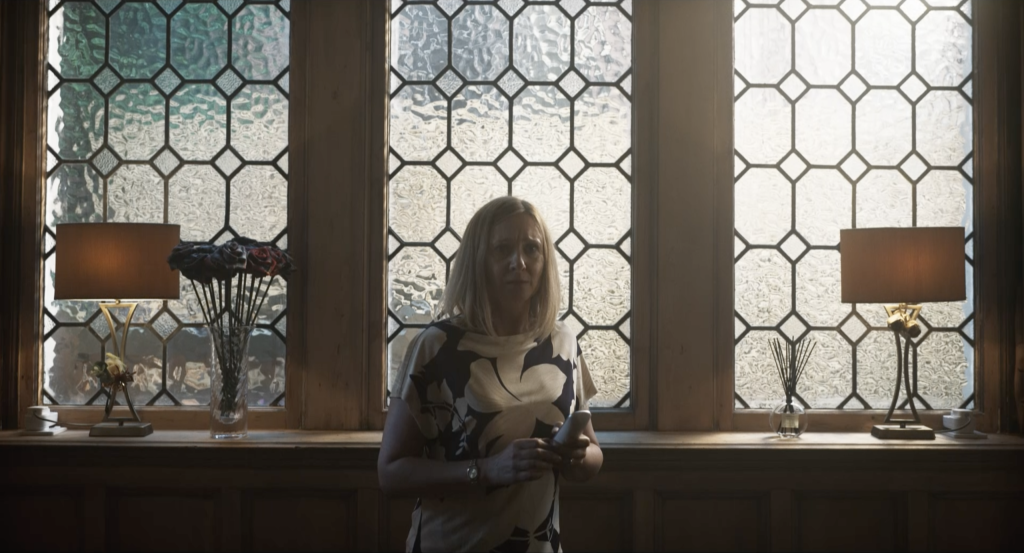
How long was prep for Six Four and what did it entail?
My prep started mid-April and principal photography started on 23 May 2022, lasting until 5 August 2022.
A lot of early prep was catching up on locations that Ben and our production designer Mark Leese had scouted before me and then finding new locations as the scripts developed. I always try and have some ‘blue sky thinking time’ with the director early on, talking about specific scenes and how we might break them down. The closer you get to the shoot the less chance you have for that; it’s all schedule meetings, logistics and so on. All incredibly important but it doesn’t leave much time for creative thinking, which is why I find it’s important to try and get that creative time with the director early in prep.
Which of the locations proved the most complex to shoot at?
We shot at four major train stations (Edinburgh Waverley, Glasgow Central, London Euston and King’s Cross St Pancras) and shooting at train stations are always very complicated. Even more so at Waverley because Ben had to direct over Zoom as he had COVID when we shot there. Jim Mackie’s remote cottage in the Southern Uplands was also quite tricky – very remote and inaccessible, lots of ‘weather’, and Annabel’s cell was particularly tricky as it was very small, no window and only one way in and out.

Tell us about your camera package – what made you choose this kit for Six Four?
I’m a big fan of the Sony Venice. I love the way the sensor responds to colour, particularly in the warmer spectrum, its dual sensor, and the Rialto mode has come in handy many times in small locations/cars, so I opted for it again.
Ever since I watched 1917 I had wanted to give the ARRI Signature Primes a go, so we tested them and both me and Ben loved the look of them.
For filtration I opted to use my own custom-made combination filters from Tiffen. They’re a 0.5 Smoque+1/8 Black Pro Mist made into one filter, and I love the effect it has on skin tones and the halation in the highlights.
The camera package was supplied by Progressive Broadcast Hire in Glasgow, Brian McCormick who runs it couldn’t have been more helpful and supportive. I definitely would be happy going back there when I’m next shooting in Scotland.
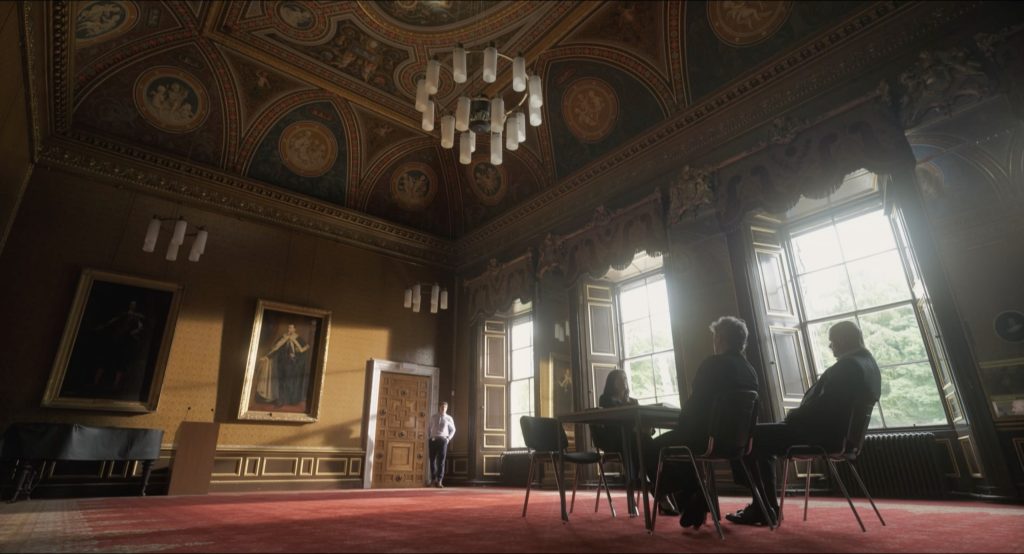
What was your approach to camera movement in Six Four, especially to create tension?
Camera movement’s when, how and why are very important to me. I don’t like to move the camera just because I can or for no reason, I guess I like camera movement that is considered and adds something specific to the scene.
What I really loved on this project was I was able to get my A-camera operator (Martin Newstead) involved quite early in prep. I sent him the reference films Ben and I were watching and talked to him about our likes/dislikes so he was fully on board with what we were trying to achieve with both framing and movement. It was great because I think it excited him and he arrived on the shoot knowing what we were trying to achieve, so he in turn was able to anticipate stuff early and communicate to our key grip Rebecca Horsburgh about what was required.
How did you use framing and composition to shape the atmosphere?
Referring back to the films we used for inspiration, we always tried to imbue each frame with a purpose and reason. Staying back, looser frames, situate the characters in the environment – and using restrained amount of coverage whenever possible. The use of centre framing is something I really like and it felt correct for this show, to help give a perspective from which we view the scene but also to isolate and build ‘pressure’.

How did you approach the lighting for Six Four?
I suppose my approach tends to be fairly simplistic – put the least amount of lights you can get away with out on the floor, and try and put them in the right place. If it’s feasible I always try and key from outside, and I’m not big on too much fill light. In certain scenes I wanted strong silhouettes and shadows to build the mystery, to make some of the characters more inscrutable. I like how the audience’s imagination is allowed to interpret, to imagine, rather than just always showed every detail of every face. But you have to earn the right to do this, if every scene is murky or dark then I think the audience can get frustrated.
I discussed with Mark Leese (production designer) about how I wanted the colour of the set (curtains, walls) to influence the light texture and he really embraced the idea and made the sets such a delight to photograph. Mark and I got on really well, he’s very collaborative and he’s got a super talented team.
My gaffer Arthur Donnelly organised with Panalux to supply us a with a great shooting kit including all the usual big HMIs and so on, but we also had some new LED lamps from Paul Bates at Quay Light in Glasgow. We used the Lightstar LUXED 12-light and 9-light a lot, often combined with a 10 or 5k Tungsten MoleBeam coming through from outside. LUXED lights come with snap-bags and egg crates so you can soften them very quickly. And you can remotely adjust the colour temperature from 2800-6500 Kelvin and dim it from 0-100%, so they are very versatile and they kick out a lot of light for something you can basically plug into household sockets. I almost always carry Tungsten MoleBeams – they such a beautiful quality of light and the mechanics of them is a work of engineering art.
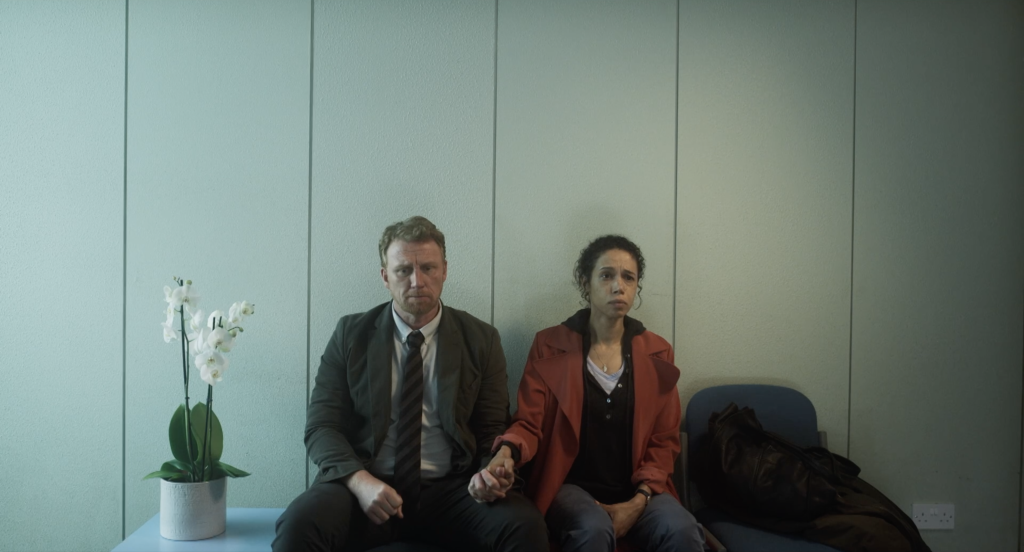
What was the most challenging scene or location to light?
Well, we were scheduled to shoot for a week at a boarding school (Strathalmond School in the show) where the character Annabel Wallace is attending. At lunch on the first day I tested positive for COVID and had return to my Glasgow flat and self-isolate. I then proceeded to work remotely over QTAKE for 10 days. So, all of the scenes at the school and quite a lot of Chris and Michelle’s house, I lit remotely.
It was no doubt quite challenging. The hardest thing is that you can’t see anything outside the actual frame. All the things that you’re able to anticipate, spot in your peripheral vision etc. when you’re on set are gone. And all communication was via hundreds of messages and phone calls, and the reception at the school was terrible, very thick stone walls everywhere. But we made it work thanks to my brilliant, patient crew and Ben’s calm steering of the ship.
However, on the day before I was due to be allowed back Ben tested positive, so there was a day when there was no director and no DP on set! With Ben working remotely we set about shooting among other things the chase sequence through Edinburgh Waverley Station at the beginning of episode one and most of Jim Mackie’s (James Cosmo) house. It was challenging but we found a method that worked and luckily the cast were very game and did everything they could to make it work.

What other scenes proved technically challenging to shoot?
Towards the end of episode four there’s the showdown scene between Jim Mackie and Robert Wallace (James Cosmo and Richard Coyle). It’s a massive, long and crucial exterior scene that’s set in the ruins of an abandoned lead mine. I had hoped for an overcast day with moody dark clouds but of course it turned out to be a very bright day with intermittent sun. I had planned for this to happen (hope for the best, plan for the worst!). Working with the sun’s trajectory we shot in a way that kept the characters either back-lit or side-lit. That way you get away with a lot more if the sun is constantly in and out of clouds than if your subject is front-lit. We shot with two cameras (we were a single camera show in the main) mostly shooting at 90 degrees to another, one would be face on to the actor and the other a profile.
On top of getting all the regular coverage for the scene, we also had to get a full spy drone pass for the screens in the Police Control Room and we had to get a sniper’s view for the end when Mackie’s shot and killed. So, there was a lot hustling and we only had one day for all of it but, we did and I think it worked out really well in the cut.
Who did the grade and what was their brief?
The grade was done at Blazing Griffin in Glasgow and our excellent colourist was Jon Bruce. In prep we shot some tests with stand-ins at the police station set and some exteriors as well. We took those to Jon and we worked out a LUT that was sort of based on a Kodak stock – I think it might’ve been 5219 or its Vision 2 predecessor, I can’t remember for sure. We played around with it until we were happy and then my DIT James Hogarth took it and applied to the Monitor LUT and to the rushes. The final look is not that far from the LUT and it’s a really nice feeling to know our original vision carried through from prep to post.
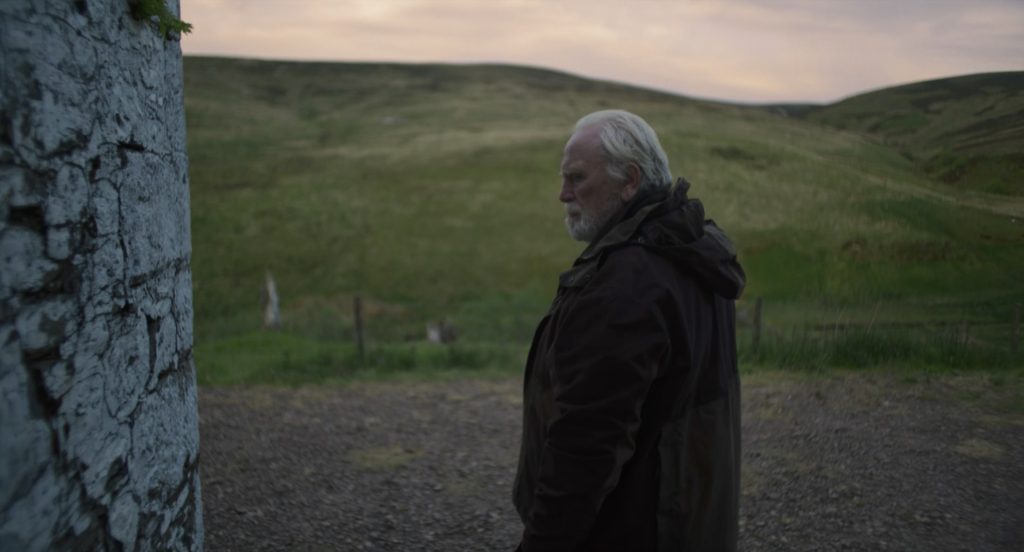
What are you most proud of from your work on Six Four?
TV drama shoots throw a lot at you as go along – script changes, locations falling through at the last minute, constant schedule changes and of course recently COVID – so it can be difficult to keep your eye on the ball with all these things buzzing in your eyeline. So, I’m pretty proud of how we stayed close to our original creative intentions and didn’t get knocked too far off course, that the look and feel of the show feels coherent.
Are there any lessons you learned on this production that you’ll take onto future shoots?
As my gaffer Arthur told me early on about the weather in Scotland – ‘if you don’t like the weather, wait five mins and it’ll be different’. A valuable lesson in humility and rolling with the weather punches!

Are there any key crew members not yet mentioned that you’d like to mention?
I had such a wonderful, hardworking team; operator Martin Newstead, 1st AC Jonny Kerr, 2nd AC Jenna Gahagan, trainee Holly Smith, DIT James Hogarth, key grip Rebecca Horsburgh, gaffer Arthur Donnelly, best boy Colin Price and key floor spark George Brannigan to name but a few. It takes a village to raise a TV show. And you’re only as good as the team around you. I’m very grateful to them all! And I also would like to thank producer Clare Kerr who was so supportive and really was committed to putting the money on the screen.
Six Four is now available to watch on ITVX.

